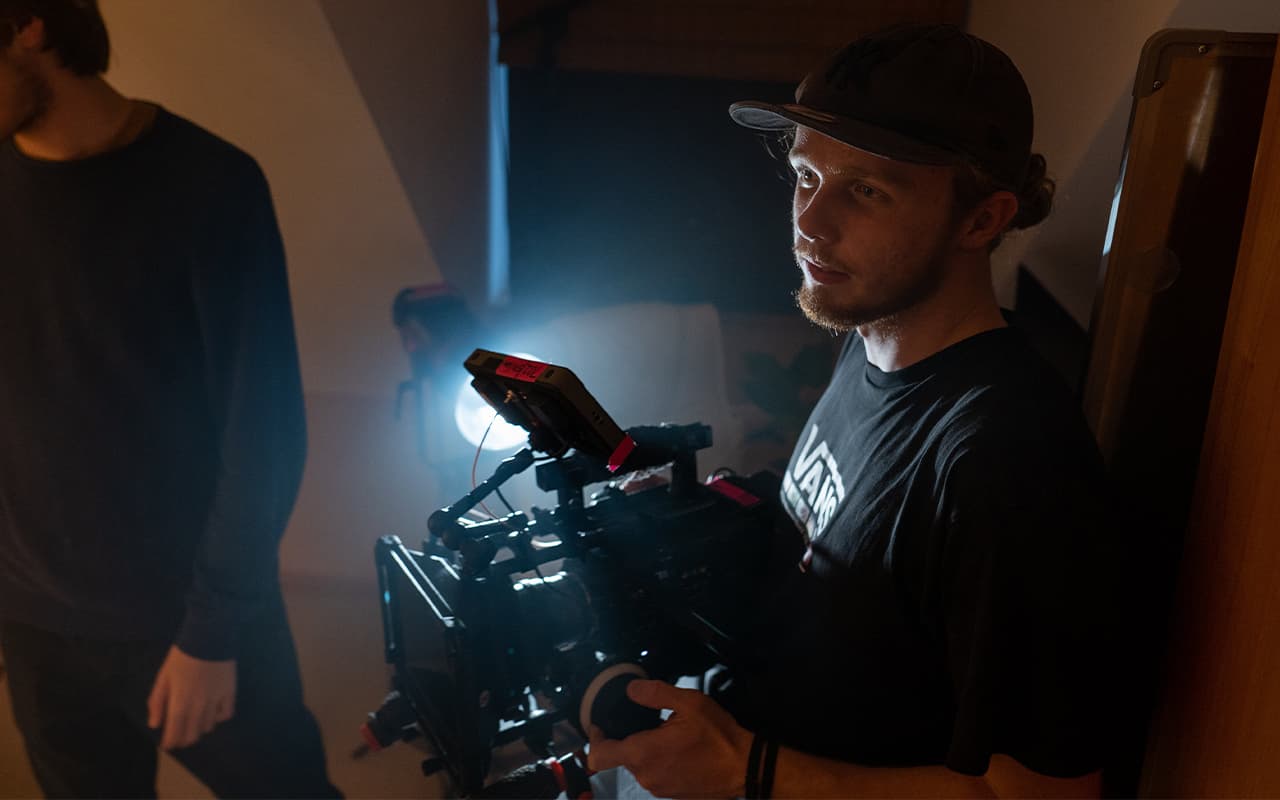
Post-production is a magical time in filmmaking, when fragments of footage and sounds pass through the hands of creative geniuses to become a complete cinematic work. This stage is important as it brings together the various elements and creates a final story that will leave a mark in the hearts of the audience. Let’s take a closer look at what post-production is and what role it plays in the filmmaking process.
Postproduction is the stage after filming is complete where the editing materials, sound, special effects and visual aspects of the movie are assembled and processed to create the final product. This includes editing, color correction, adding sound effects, creating visual effects, compositing and other technical processes.
The stages of Post-Production are
- Montage: This is when the film’s story is assembled from individual scenes, footage, dialog, and special effects. Editors work to organize the footage to create a smooth and logically connected story;
- Color Correction: Color correction gives the film emotional and artistic depth by adjusting the color palette and lighting of scenes. This helps to create a certain atmosphere and mood;
- Sound: Sound tracks add life to the movie. This includes dialog, background music, and sound effects. Sound designers work on the quality and placement of sounds in the space to create maximum involvement;
- Special effects and visual effects (VFX): This includes creating computer graphics, animation, fixing flaws, and adding visual elements that cannot be created on set;
- Final assembly: All elements are combined into a cohesive whole. Working on proper timing, synchronization to create the final product.
Post-production is a key stage that gives an opportunity to improve the quality of the movie, making it more interesting, entertaining and appealing to the viewer. It adds depth and clarity to the story and makes the film more colorful and exciting.